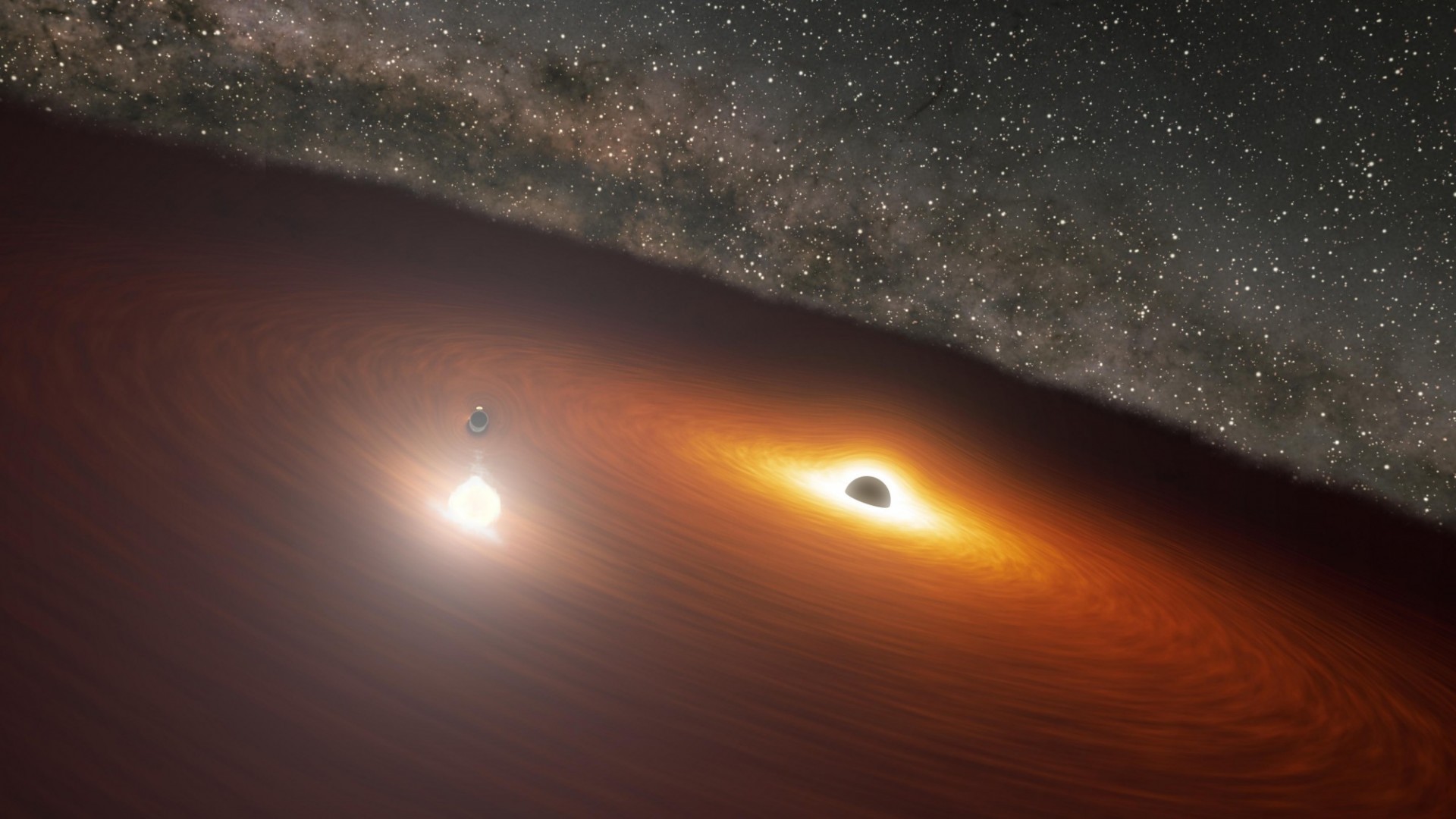OJ287 is a type of galaxy called a 'blazar', harboring a central supermassive black hole that drives powerful jets of relativistic particles that happen to be pointed in our direction. OJ 287 is special, because it is exceptionally bright, and has been observed for a century to emit bursts of powerful radiation every 12 years. The leading explanation for this "Old Faithful"-like behavior is that OJ 287 harbors not one, but two massive black holes orbiting one another in its nucleus. OJ287 has been widely regarded as the most compelling binary black hole candidate, but the timing of its flares has so far appeared to require an uncomfortably large mass of over 10 billion solar masses for its primary black hole. New research published this week, co-authored by Columbia Astronomy and Physics Professor Zoltán Haiman, has revealed that the previous models for OJ 287's pair of black holes need to be revised, and that the larger of two black holes is about 100 times smaller than previously thought. The research relied on an unprecedentedly large observational campaign of this galaxy, covering many wavelengths, led by Prof. Stefanie Komossa at the Max Planck Institute for Radio Astronomy in Bonn, Germany. For more details, see the press releases from Columbia and the Max Planck Institute, or the scientific paper appearing today in the Monthly Notices of the Royal Astronomical Society.

